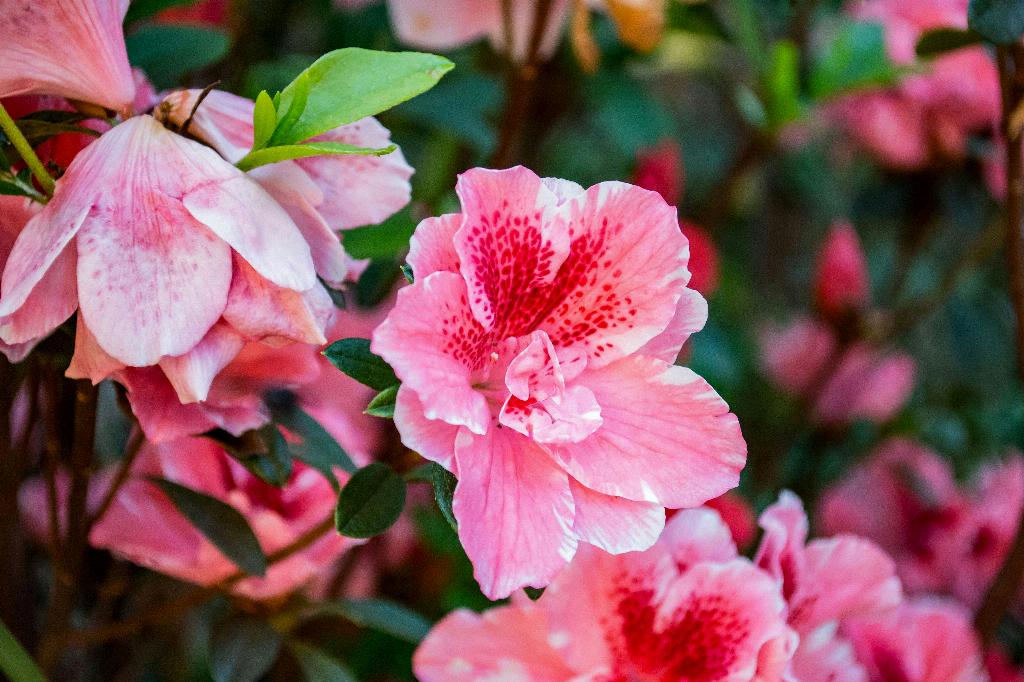Hibiscus, known for its exotic beauty, can bring a vibrant touch to any garden with its colorful blooms. However, getting your hibiscus to bloom may require a bit of patience and care. Understanding the factors that influence blooming is crucial in ensuring your hibiscus thrives and produces an abundance of flowers.
Optimal Sun Exposure
One key factor that can affect the blooming of your hibiscus is the amount of sunlight it receives. Hibiscus plants thrive in full sun, so if you notice that your plant is not blooming as expected, it might be worth increasing its sun exposure. Find a sunny spot in your garden where the hibiscus can soak up the sun’s rays for most of the day.
Consistent Moisture Levels
Another crucial element for promoting blooming in hibiscus is ensuring that the soil remains consistently moist. Hibiscus plants require well-draining soil that retains moisture without becoming waterlogged. Regular watering, especially during hot and dry periods, can help maintain the optimal moisture levels for your hibiscus to bloom.
Pruning and Pinching
Understanding the blooming cycle of hibiscus is essential for promoting optimal flowering. Hardy hibiscus plants bloom on new growth, so pruning at the right time is crucial for encouraging blooming. Avoid pruning too late in the summer, as this can delay the blooming cycle. Additionally, excessive pruning can also hinder blooming, so it’s important to strike the right balance.
Fertilization Routine
Feeding your hibiscus with the right nutrients can also play a significant role in promoting blooming. Consider using a balanced fertilizer with equal parts nitrogen, phosphorus, and potassium to support healthy growth and flowering. Avoid over-fertilizing, as this can lead to excessive foliage growth at the expense of flowers.
Pest and Disease Management
Healthy hibiscus plants are more likely to bloom profusely, so it’s important to keep an eye out for any signs of pests or diseases that could affect your plant’s health. Regular inspections and proactive measures, such as using organic pest control methods, can help prevent infestations and ensure your hibiscus remains healthy and blooming.
Temperature and Humidity Considerations
Temperature and humidity levels can also impact the blooming of your hibiscus plants. Hibiscus thrive in warm, humid environments, so ensure that your plant is located in a spot with adequate humidity levels. Avoid placing your hibiscus in drafty or excessively dry areas, as this can hinder blooming.
Seasonal Blooming Patterns
Understanding the seasonal blooming patterns of hibiscus can also help you anticipate when to expect flowers. While hibiscus plants can bloom throughout the year in tropical climates, they may have specific blooming seasons in temperate regions. By familiarizing yourself with these patterns, you can adjust your care routine to maximize blooming opportunities.
Cultivar-Specific Blooming Tips
It’s important to note that different hibiscus cultivars may have specific blooming requirements. Some cultivars may bloom more prolifically in certain conditions or may have specific care needs to encourage flowering. Researching the specific blooming habits of your hibiscus cultivar can help you tailor your care routine accordingly.
Regular Monitoring and Adjustments
Monitoring the health and blooming patterns of your hibiscus plants regularly is key to ensuring they bloom to their full potential. Keep an eye on the growth, foliage, and flowering of your hibiscus, and make adjustments to your care routine as needed. By staying proactive and attentive, you can help your hibiscus thrive and bloom beautifully.
Patience and Persistence
Lastly, it’s essential to practice patience and persistence when trying to get your hibiscus to bloom. Remember that blooming is a natural process that can be influenced by various factors, some of which may take time to adjust. By consistently providing care, monitoring your plants, and making adjustments as needed, you can create an optimal environment for your hibiscus to bloom and flourish.

Conclusion
In conclusion, getting your hibiscus to bloom requires a combination of factors, including optimal sun exposure, consistent moisture levels, proper pruning, fertilization, pest management, and attentive care. By understanding the needs of your hibiscus plants and proactively addressing any issues that may arise, you can encourage healthy growth and abundant blooming. With patience, diligence, and a bit of gardening know-how, you can enjoy the colorful flowers of your hibiscus in full bloom.
